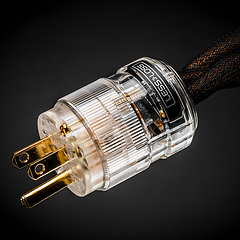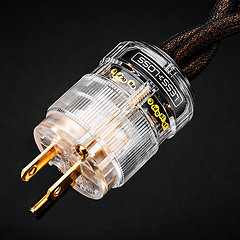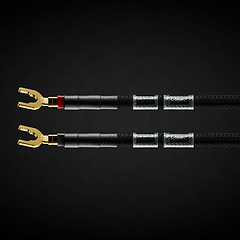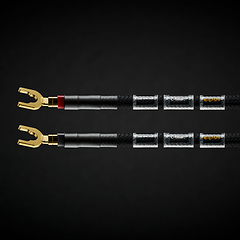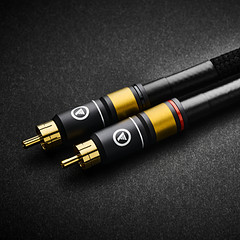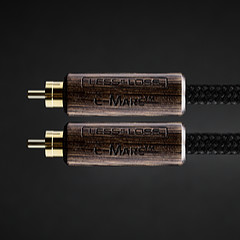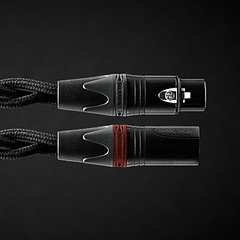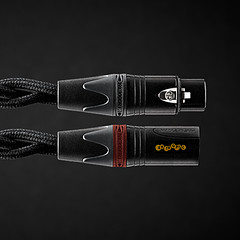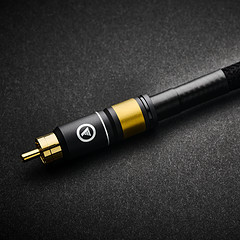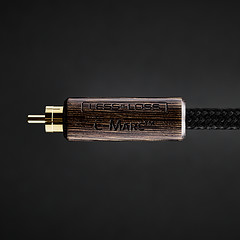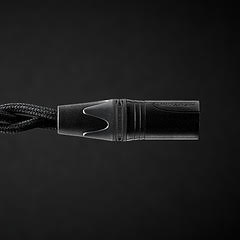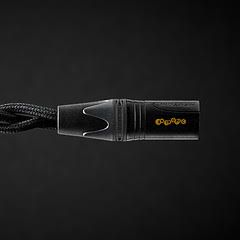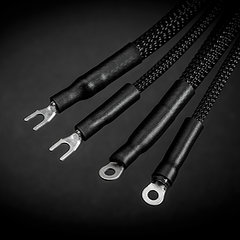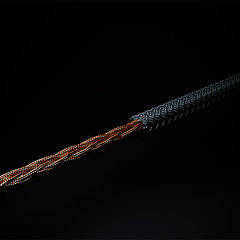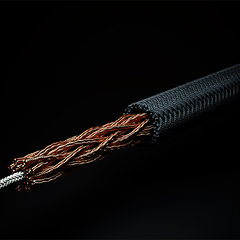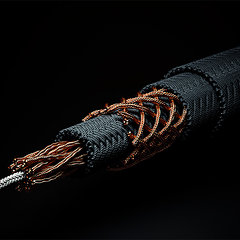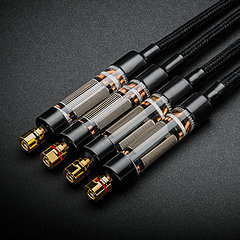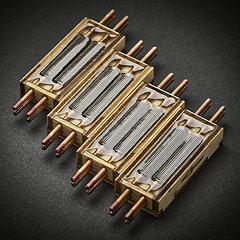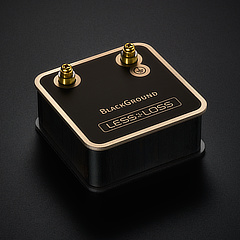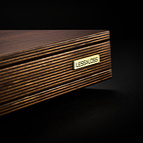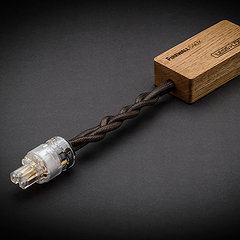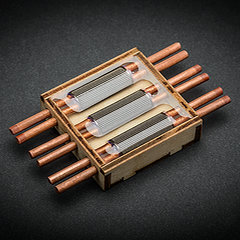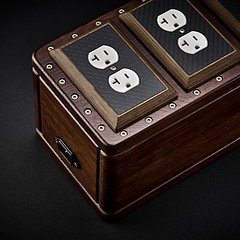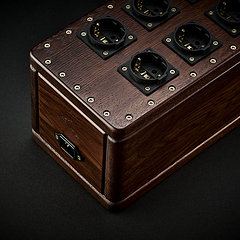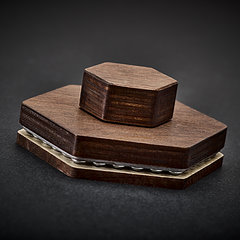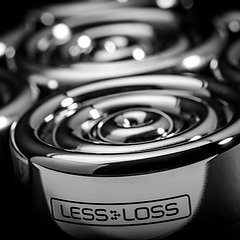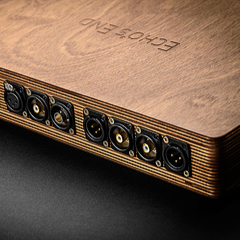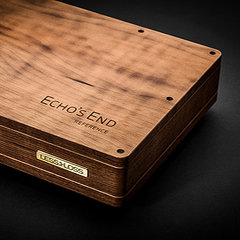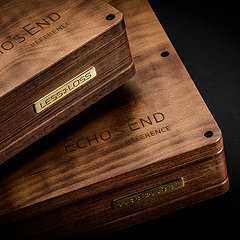- Asynchronous Reclocking
- I2S
- Output Stage
- Error Correction vs. Jitter
- Slaving Computer Soundcards
- Battery for Digital Schematics?
- Stacking Multiple Converter Chips
- Benchmark's UltraLock
- Digital Filtering
- One-box CD Players
- Synchronous Reclocking
- Jitter Sources
- Large Buffer
- Disbelief in LessLoss
- A/D Converters
- Sampling Rates
Question:
The LessLoss DAC will *only* provide superior performance to a one-box player if the transport is slaved to it. This is not always possible, and requires the original player/transport to be modified, voiding any warranty. I still prefer the more elegant approach of the Benchmark [DAC-1], although the LessLoss is certainly *capable* of good performance if used with a suitable transport/player. Note also that the Benchmark is about half the price of the LessLoss DAC 2004 - assuming that it doesn't cost too much to modify your existing player/transport. The LessLoss also adopts a rather 'high-end' approach to its advertising on the website, being very long on 'audiophile' chitchat and short on hard engineering measurements. Compare and contrast with the Benchmark site, and note that several top mastering engineers use a Benchmark DAC-1 as their benchmark DAC for listening to final mixdowns.
LessLoss Reply:
The Benchmark DAC-1 uses the marketing term "UltraLock" to describe asynchronous resampling, which is the case when there are in effect two Master Clocks. The technology involved to perform this resampling has been around for some ten years or so. It is true that the results of asynchronous resampling are much better than the sonic results of using an external DAC as Digital Slave.
There are differences which should be emphasized between the Benchmark DAC-1 and the LessLoss DAC 2004:
(1) The DAC 2004 uses the parallel converter chip PCM 1704. This is guaranteed to sound better than sigma/delta chips.
(2) Power supply of the DAC 2004 uses two balanced batteries and a separate filtered power supply for all digital schematics.
(3) Galvanically separated Digital and Analogue grounds. We use special low-jitter chips of the type ISO150 and similar to achieve this.
In the test results displayed on the Benchmark website, the Jitter amount used as a test signal is varied. However, the Jitter amount which comes from a slaved CD player is constant. What's not mentioned about the "UltraLock" asynchronous resampling is: the compromise of running two clocks in tandem is that there are unpleasant audible artifacts due to inevitable frequency discrepancies between the two clocks involved. LessLoss can also offer this less perfect digital solution to anyone who wishes not to unsolder the quartz from their CD player/transport. However, it is always possible to go to a garage sale and just use a $10 player. The sound would be guaranteed to contain less distortion from the digitally slaved $10 player than from the asynchronously re-clocked $10,000 player. We could have coined a similar term such as "SuperSlave" but we prefer to use the proper terms used to describe exactly what's going on.
